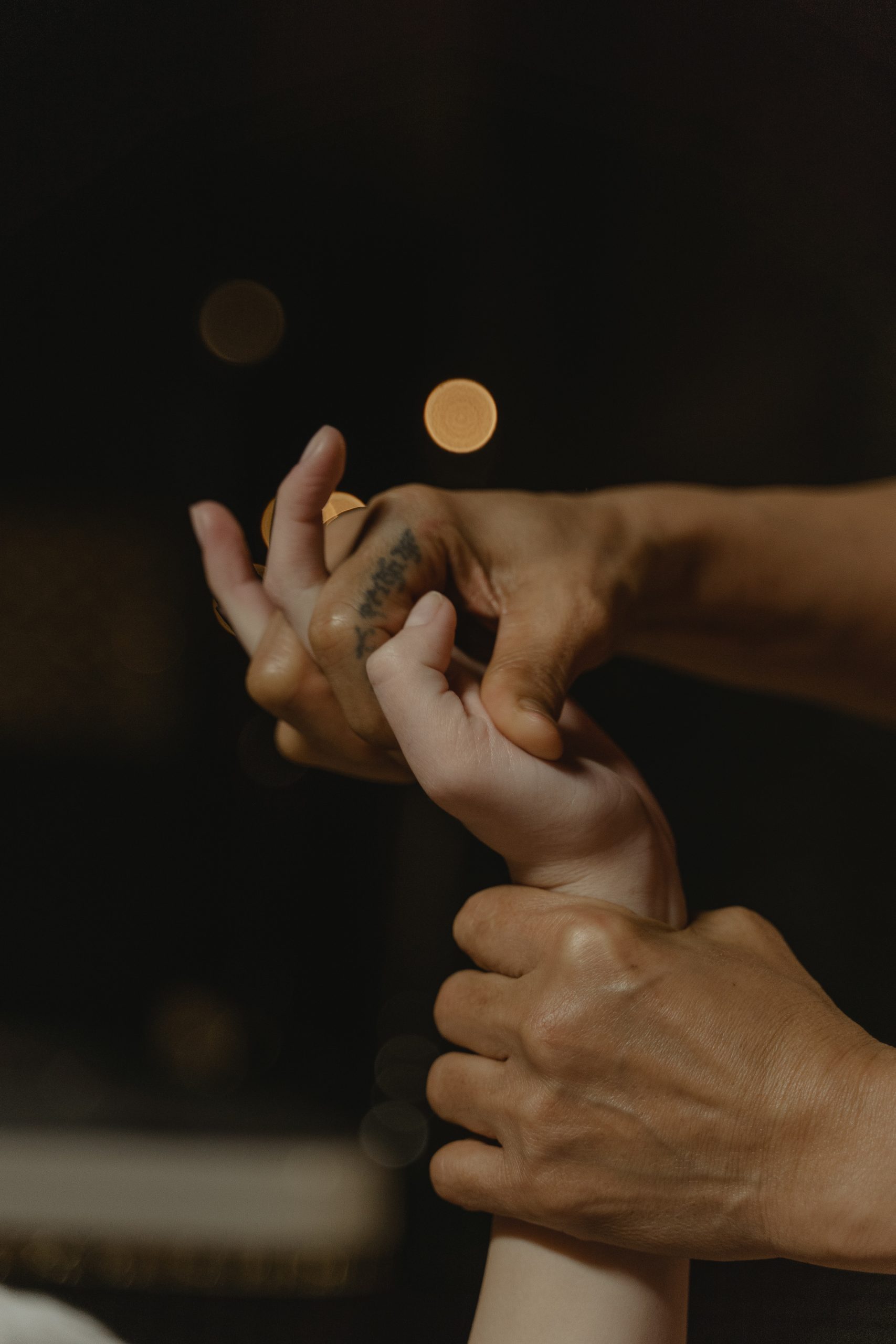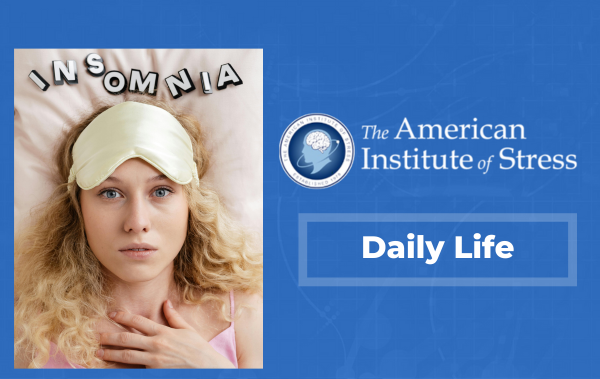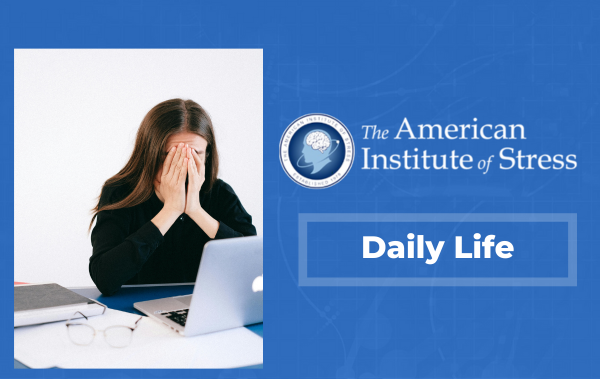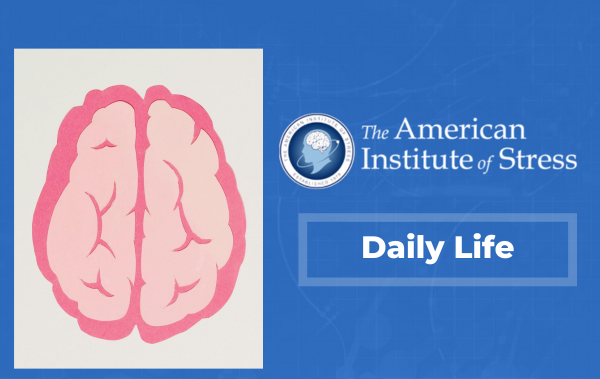 For centuries, practitioners of Traditional Chinese Medicine (TCM) have targeted pressure points to relieve stress. This type of alternative medicine is known as acupressure.
For centuries, practitioners of Traditional Chinese Medicine (TCM) have targeted pressure points to relieve stress. This type of alternative medicine is known as acupressure.
Acupressure is considered to be a type of massage. During acupressure, a practitioner puts pressure on specific spots around the body. The practice is used to help relieve pain, nausea, stress, anxiety and more.
Acupressure is similar to acupuncture, which involves placing thin, painless needles at specific points along a meridian or pathway. Both acupressure and acupuncture use the same system to target points of interest.
“Acupuncture is perhaps better known than acupressure within the U.S.,” naturopathic medicine and acupuncture expert, Muftiya Issa, ND LAc says. “However, both practices have been used in Traditional Chinese Medicine (TCM) for thousands of years.”
Needle-free acupressure has one advantage over acupuncture – you can try it at home.
- Placing pressure on certain points along the meridians, or pathways, throughout your own body may help relieve stress.
- Along the meridians, the parts of the body that are manipulated are known as acupoints.
The Concept Behind Acupressure
During acupressure, practitioners rub and put pressure on meridians for pain or stress relief.
Practitioners believe that pressing on acupoints helps to balance the Qior natural energy. Stimulating acupoints along different meridians may relieve pain or stress, restoring the Qi.
Some research has confirmed that acupressure is effective at relieving stress. Studies have shown that acupressure has a calming effect, compared to other treatments.
“Specific acupoints help to relieve stress, while other acupoints may improve overall health and wellbeing,” Muftiya says. “A licensed acupuncturist will discuss your symptoms with you and be able to curate a plan tailored to your needs, targeting specific acupoints.”
How to Perform Acupressure at Home
You don’t need to see an acupuncturist or massage therapist to start your journey in relieving stress, it is possible to perform acupressure on yourself to help you feel calmer and more relaxed.
To relieve stress through acupressure, you’ll need to put pressure on specific acupoints. There are several acupoints that can be manipulated to reduce stress.
Try targeting these acupoints:
- Between the eyebrows. Find the spot right between your eyebrows, above the bridge of your nose. Gently massage the spot, using small circular motions.
- Between the thumb and index finger. The webbing between thumb and index finger contains a stress-relieving pressure point. Gently pinch the spot between your opposite thumb and forefinger, holding the position.
- Where the neck and shoulder meet. Massage the area at the base of your neck with your thumb. If you can’t reach the spot easily, use a massage tool or tennis ball.
- The top of your head. Use small circular motions on the top of your head at its exact center. The pressure should help to relieve stress.
- Between your big toe and second toe. Target the webbing between your first two toes, like the webbing on your hand. Pinching the area firmly should help to relieve stress.
Tips to make acupressure more effective
If you’re targeting acupoints at home, follow this basic guidance:
- Don’t press too hard. You can apply firm pressure, but don’t press hard enough to cause discomfort. For hard-to-reach spots, you may use a massage tool or tennis ball.
- Avoid pressing on damaged skin. Don’t apply pressure to an acupoint if you have a cut, rash or scar tissue. The manipulation may further harm your skin.
- Hold each position. Practitioners recommend that you press on each acupoint for 30 seconds to three minutes.
- See a practitioner. Have someone trained in acupressure show you where to apply pressure, and how hard. If you’re pregnant, don’t try acupressure at home without consulting with a licensed acupuncturist.
- Repeat as necessary. It’s okay if you use acupressure several times per day to relieve stress.
The material provided through HealthU is intended to be used as general information only and should not replace the advice of your physician. Always consult your physician for individual care.





